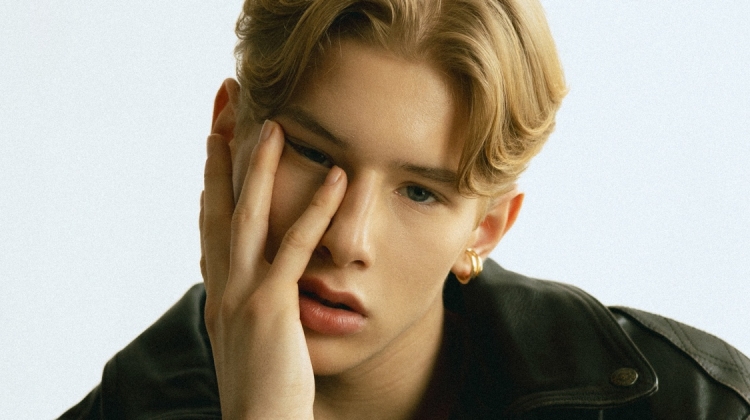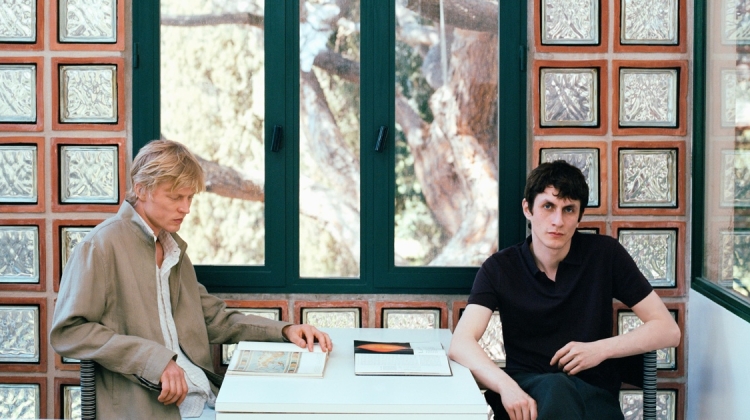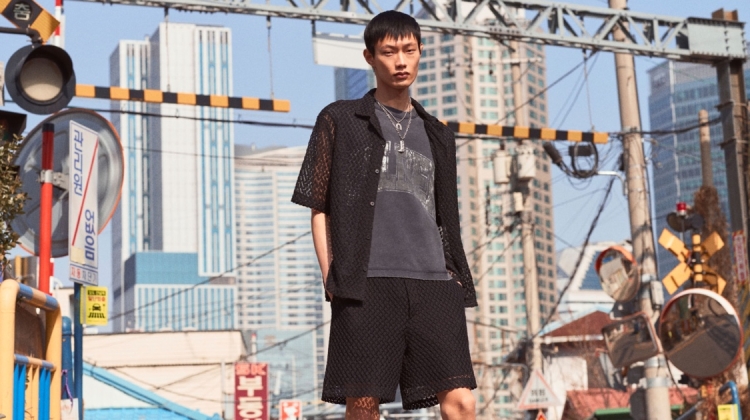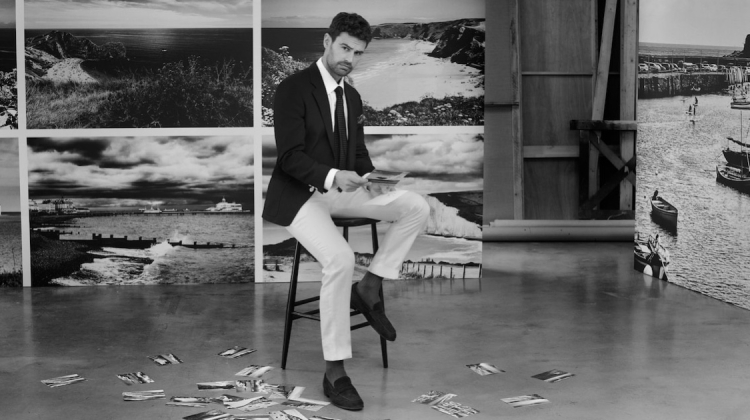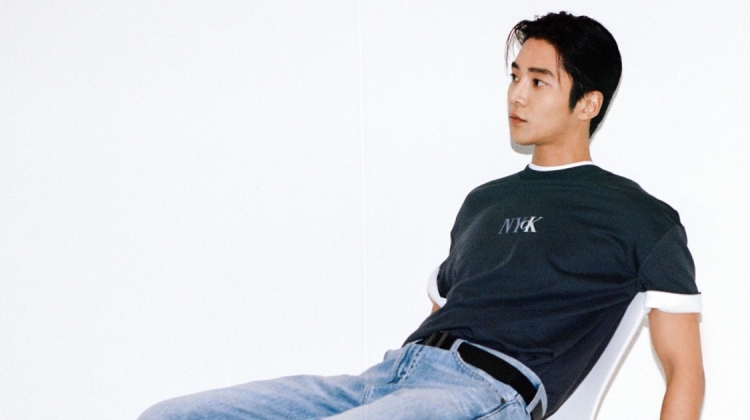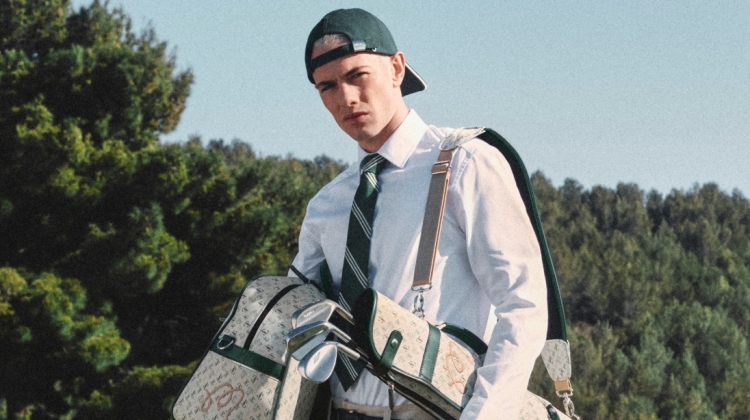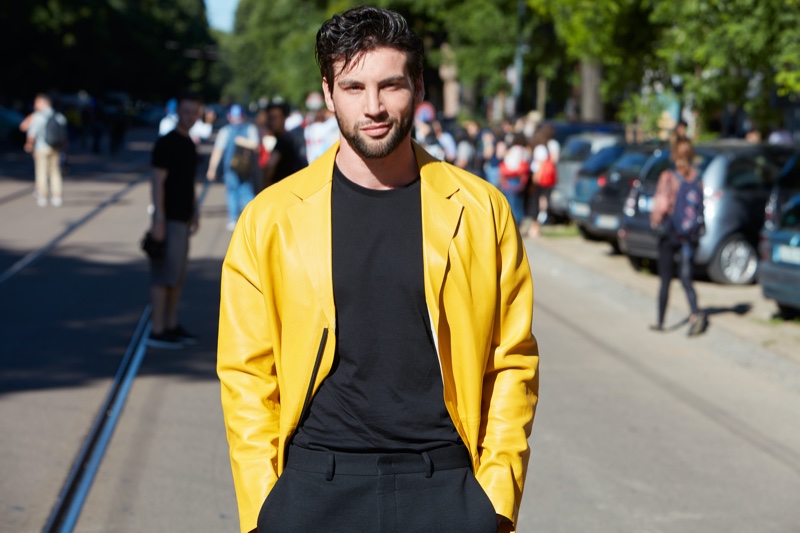
Street fashion is all about self-expression and pushing boundaries, and mastering the art of color coordination is a key element in creating impactful and eye-catching outfits.
Whether you’re a fashion fan or looking to elevate your street style game, this guide will equip you with valuable insights and practical tips to help you create head-turning ensembles.
Why Is Color Important in Men’s Street Style Fashion?

Color is significant in men’s street-style fashion as it serves multiple essential purposes. The color schemes for men may not seem as diverse as for women, but that’s not the case. From warm to cool tones, you can easily switch up your look.
But if you know how to play with colors, it allows individuals to express their style authentically and uniquely. Color choices enable men to create outfits that reflect their personality and individuality, whether through bold and vibrant hues or subtle and understated tones.
Moreover, it is pivotal in capturing attention and making a statement in the bustling streets. The strategic use of colors can draw attention to specific elements of an outfit, highlighting key pieces or creating a visually striking ensemble.
Certain colors or combinations can symbolize specific subcultures, movements, or ideologies, enabling men to connect with like-minded individuals and communicate shared values through fashion choices.
Last but not least, they contribute to the art of visual storytelling in street-style fashion. Individuals can skillfully combine different colors and textures to create narratives within their outfits.
Color Themes & Basic Color Coordination Tips
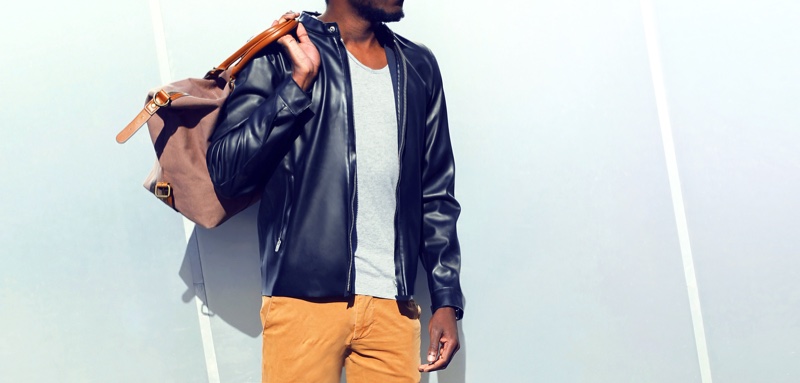
The Color Wheel: The Basics
The color wheel is a circular-shaped illustration of colors. There are three types of colors: primary (blue, red, and yellow), secondary (green, orange, and purple), and tertiary (mixtures of primary and secondary colors).
The wheel provides a framework for exploring various color schemes and combinations. It lets you experiment with different hues, shades, and tones to achieve the desired aesthetic in your stylish clothes. Below are some ways to take advantage of this wheel.
Complementary Colors
Complementary colors (those opposite on the color wheel) work well together because they intensify each other when used side by side. When incorporated into an outfit, the contrast between them enhances the visual appeal of the ensemble, making it distinctive and making an impact.
In men’s street-style fashion, complementary colors can be utilized in various ways. You can opt for color-blocking techniques by pairing garments in complementary hues.
For example, blue t-shirts with orange pants or red jackets with green sneakers. This bold approach makes a statement while sharing your beliefs and adding a sense of vibrancy to your outfit.
Another way to incorporate complementary colors is by using accessories or details. For instance, a green beanie paired with a predominantly red and black outfit adds visual interest and a touch of playfulness.
Analogous Colors
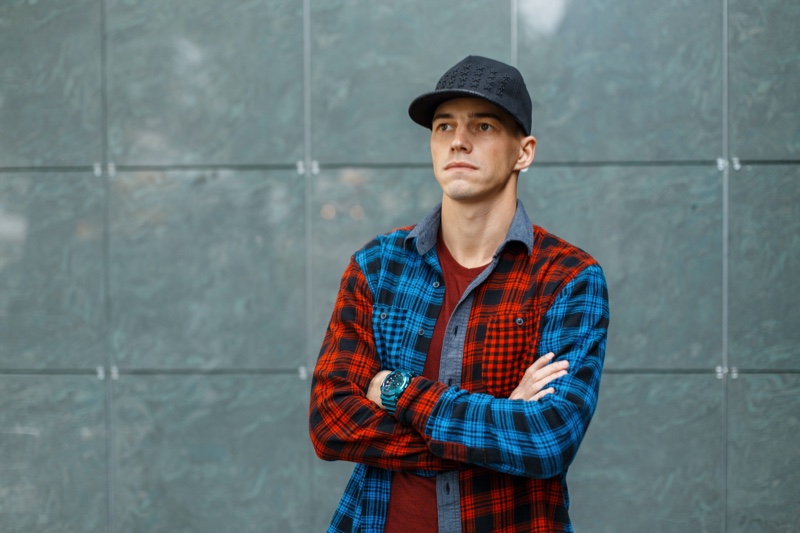
When utilized together in men’s fashion, analogous hues situated next to one another on the color wheel can produce a unified and cohesive aesthetic.
When incorporating analogous colors, you can experiment with different shades, tints, and tones within the same color family. This variation adds depth and dimension to your outfit while maintaining a harmonious look.
On the other hand, choose analogous colors with subtle differences in tone for a more subdued and sophisticated approach. For example, combine shades of blue and green for a relaxed, cohesive street-style ensemble.
Monochromatic Color Scheme
The monochromatic color scheme creates a harmonious and streamlined impression, as the variations of the same color blend seamlessly. It introduces a cohesive, polished aesthetic, perfect for casual and more formal street-style looks.
Consider incorporating different textures and patterns to add visual appeal to a monochromatic outfit. This can be achieved through layering garments, mixing materials, or introducing subtle ways within the same color palette.
Pop of Color
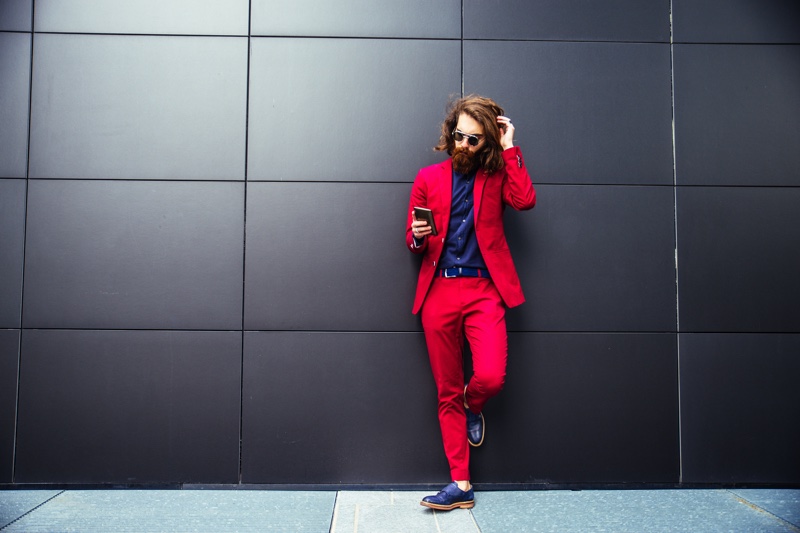
In men’s street style clothing, adding a splash of color may transform your outfit, make a statement, and add personality. Choosing a vivid color that jumps out against the rest of your ensemble, which may be neutral or subdued or neutral tones, is the goal of the pop of color technique.
There are numerous ways to characterize your streetwear. You can choose a statement bag, a pair of eye-catching sneakers, a statement watch strap, or any brightly colored item. These striking accents energize and distinguish your overall style right away!
Consideration of Skin Tone
Selecting colors that complement your skin tone can create a more flattering and cohesive look in your street style outfits.
Here are some general guidelines to consider when choosing colors based on skin tone:
- Warm Skin Tones: Consider browns, olive greens, warm oranges, and mustard yellows complementary hues for warm undertones. Additionally, tan, camel, and cream are warm neutrals that can be used as flexible bases.
- Cool Skin Tones: Go for cool and jewel-toned colors that glorify cool undertones, like rich blues, deep purples, emerald greens, and cool grays. Crisp whites and icy pastels can also create a fresh look.
- Neutral Skin Tones: Enjoy more flexibility with a balanced mix of warm and cool undertones. Most colors, including earthy tones, pastels, and vibrant hues, can complement neutral skin tones.
Final Words
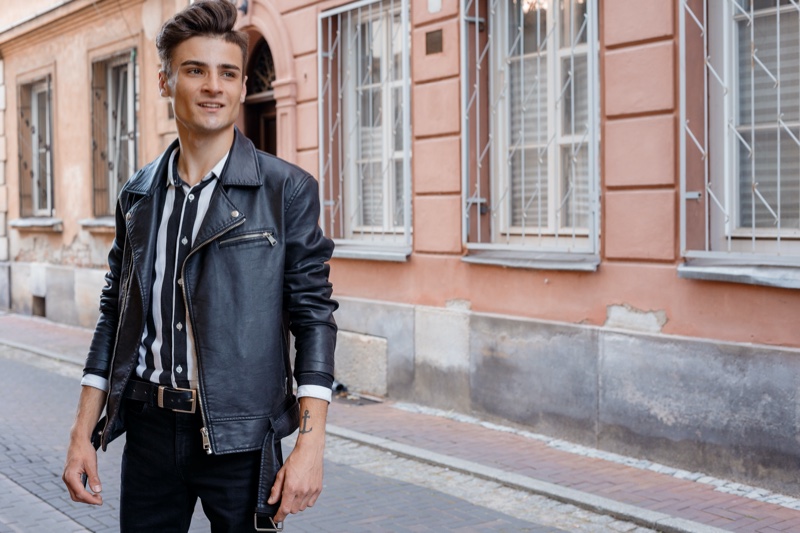
In men’s street style, personal style and the occasion are crucial considerations for color coordination. Your style is a compass, guiding your color choices based on your unique preferences and fashion sensibilities.
Step out confidently and make a lasting impression with your impeccably coordinated, stylish street style outfits!
